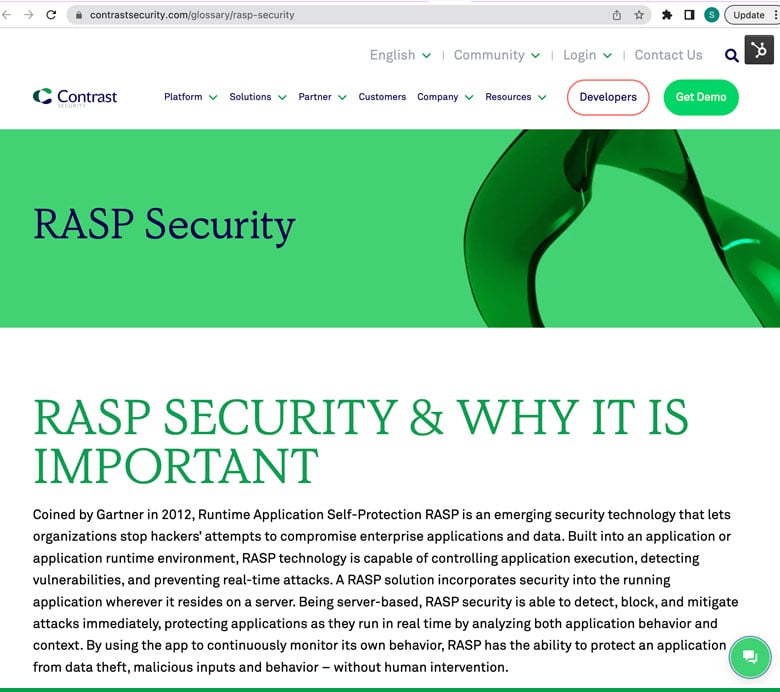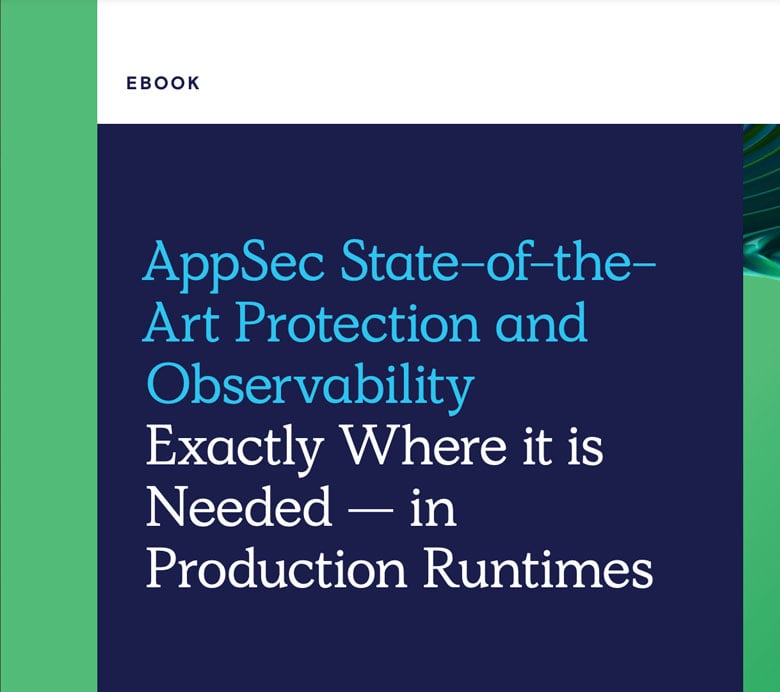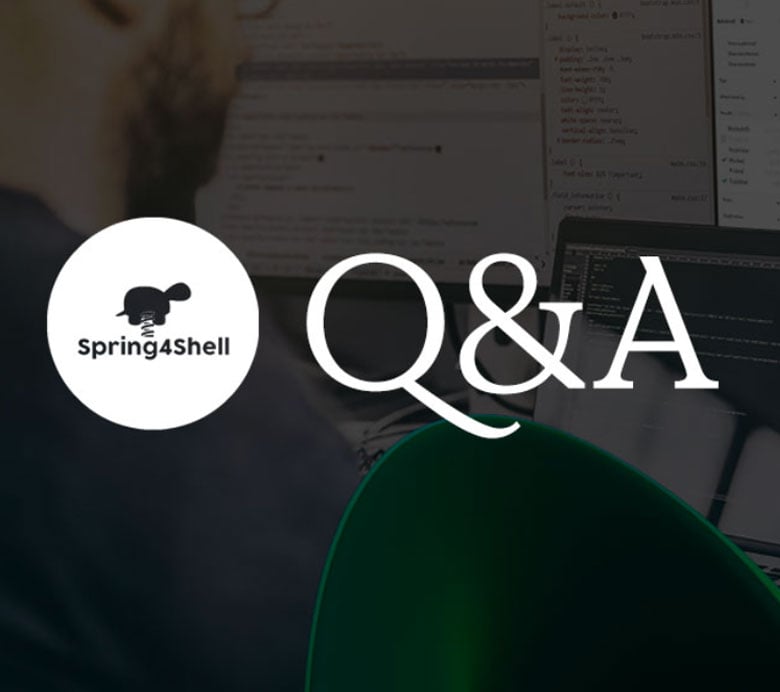Hardening Production Appsin Real-Time
Moving beyond simple signature-based web traffic monitoring with RASP
What Is Runtime Application Self-Protection (RASP)?
With Runtime Protection, you can augment your perimeter security using application instrumentation to identify anomalies and detect attacks based on deviations from normal application behavior.
Do your applications meet the challenge of today’s security threats; zero-day attacks, rogue nation-state actors, frequent code updates, broad use of 3rd party libraries to name just a few areas of concern?
Key Benefits of
Runtime Protection:
Comprehensive Protection
Runtime protection monitors the application itself during execution and can detect attacks that might not be caught by the perimeter defenses.

Zero-Day Vulnerability Protection
Runtime protection, with techniques like behavior-based monitoring or dynamic instrumentation, can identify anomalies and detect attacks based on deviations from normal application behavior, providing protection against zero-day vulnerabilities.

Granular Application-Level Visibility
Runtime protection offers deep visibility into the application's internal behavior, such as function calls, memory access, or data flow. It can identify application-specific vulnerabilities, misconfigurations, or malicious activities that may not be apparent at the network level, enabling targeted protection and faster incident response.

Defense Against Insider Threats
Runtime protection can help identify unusual behavior or unauthorized actions by users with legitimate access, providing additional defense against insider threats.

Adaptability and Self-Protection
Runtime protection solutions can adapt to changes in the application and its environment dynamically. They can self-protect and mitigate attacks in real-time, even if the application undergoes updates or changes. This agility ensures continuous protection without the need for manual rule updates or configuration adjustments.

Resources

RASP SECURITY
Glossary
Coined by Gartner in 2012, Runtime Application Self-Protection RASP is an emerging security technology that lets organizations stop hackers’ attempts to compromise enterprise applications and data.

Defend from within
Blog
The enemy is at the gates. The enemy is inside our computer networks. The enemy is within our very code, training its sights on the technology that runs the world.

WAF, RASP and Log4Shell
Blog
Log4Shell has done an excellent job of making the case for Runtime Application Self-Protection (RASP).

AppSec State-of-theArt Protection and Observability Exactly Where it isNeeded — in Production Runtimes
eBook

Contrast Security Protect shields applications from zero-day attacks
Blog
Defend against emerging zero-day vulnerabilities and application security attacks.

Contrast Protect Blocks Spring4Shell | Contrast Security
Blog
Protect customers from Spring4Shell.

One year after Log4Shell, firms still struggle to hunt down Log4j
Blog
It’s been one year since a CVE identifier was made available for the infamous Log4j flaw.

WAF vs RASP
Glossary
Despite the use of Web Application Firewalls (WAFs), web applications remain vulnerable, and the need for additional security layers like Runtime Application Self-Protection (RASP) is emphasized by frequent attack statistics.
Experience
Contrast Protect
Learn how instrumentation works to find vulnerabilities in custom and open-source code and how it compares to legacy application security approaches.






